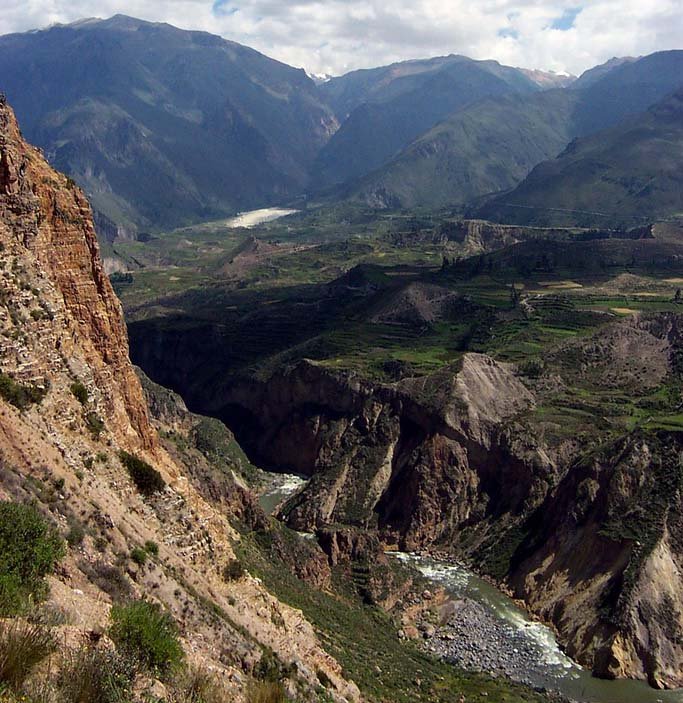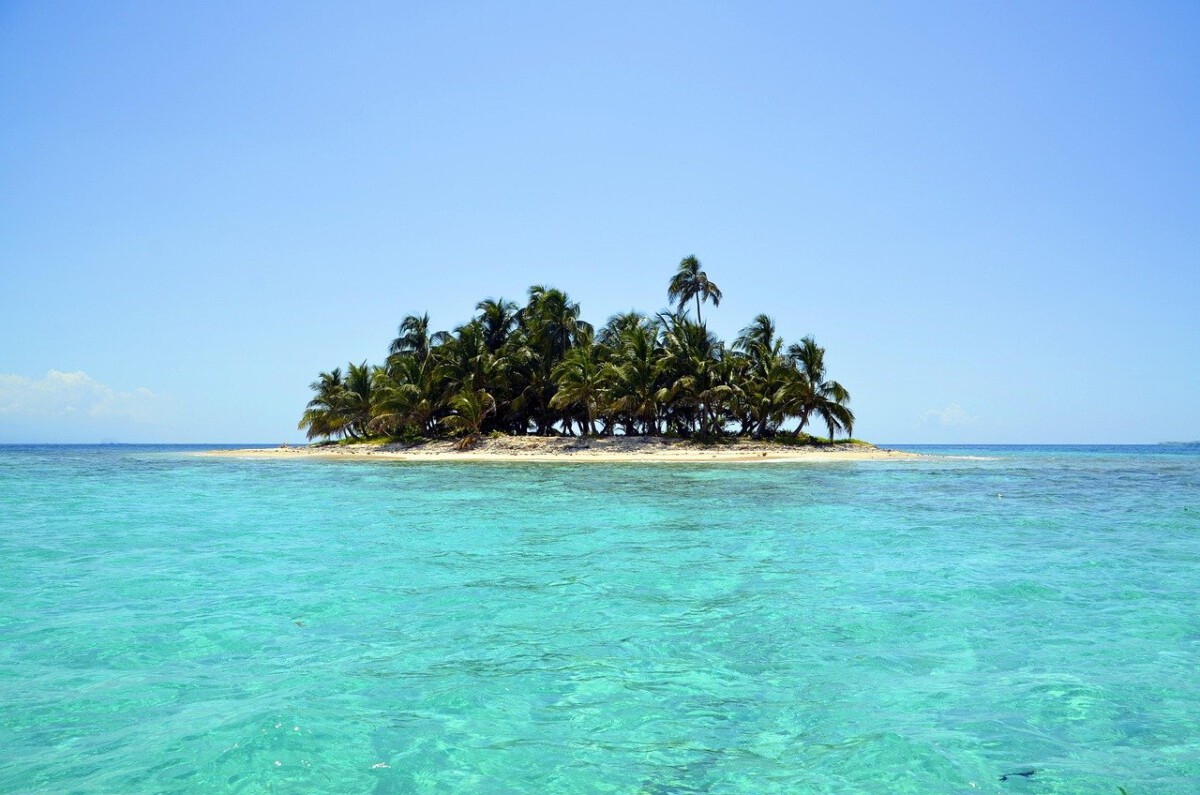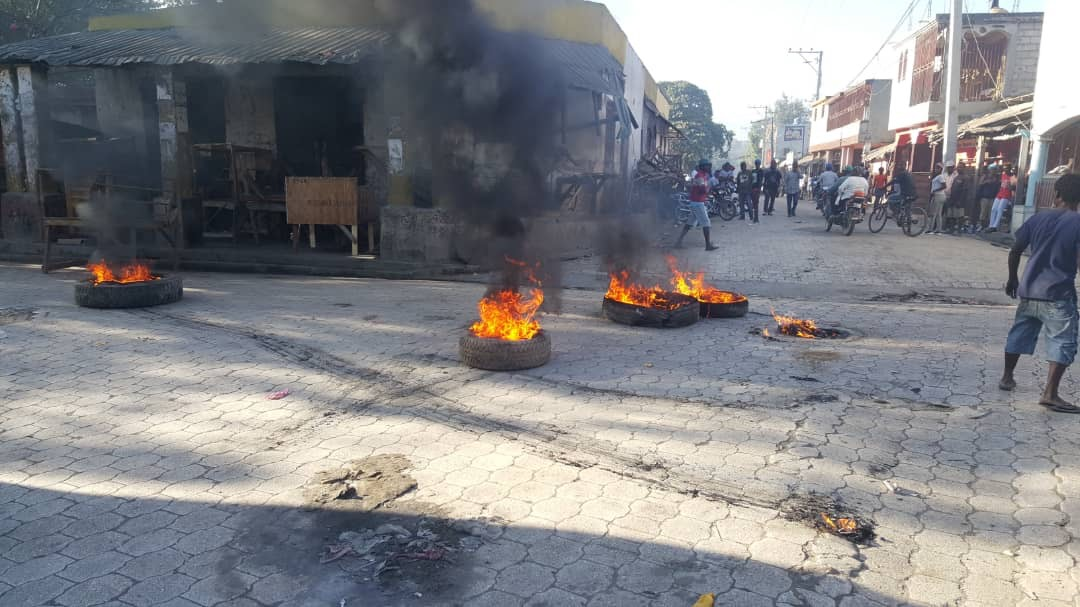The Hidden Giant: Cotahuasi Canyon’s Rise to Fame

It might surprise many, but the world’s second-biggest canyon isn’t the Grand Canyon—it’s Cotahuasi Canyon in southern Peru. Long overshadowed by its famous American counterpart, Cotahuasi is now capturing the hearts of travelers worldwide. With a jaw-dropping depth of about 3,354 meters (that’s more than 11,000 feet!), it plunges even deeper than the Grand Canyon’s 1,857 meters. In recent years, more adventurers and nature lovers are flocking to this Peruvian marvel, seeking the raw, untamed beauty and the sense of awe that only a place of this magnitude can deliver. It’s no longer a secret—Cotahuasi is quickly becoming a bucket-list destination for those in search of the extraordinary.
Dramatic Depths: A Canyon That Dwarfs the Grand Canyon

Standing on the edge of Cotahuasi Canyon, you can’t help but feel a rush of vertigo and exhilaration. Its immense depth makes you wonder how such a place could remain relatively unknown for so long. The walls of the canyon stretch for miles, carved by the relentless Cotahuasi River over millions of years. This geological wonder is roughly twice as deep as the Grand Canyon, making it one of the deepest canyons on earth. The sheer scale is humbling—looking down into the abyss, travelers often describe feeling both insignificant and inspired at once. It’s no wonder so many are drawn to experience this hidden giant for themselves.
Geological Masterpiece: Layers of Earth’s Story

What makes Cotahuasi Canyon even more fascinating is its geological diversity. The canyon walls reveal layers upon layers of earth’s ancient history, with rocks dating back tens of millions of years. Volcanic activity, tectonic shifts, and the steady work of the Cotahuasi River have crafted an ever-changing landscape of jagged cliffs, spires, and multicolored rock strata. Visitors can spot evidence of ancient lava flows and fossilized marine life, hinting at a time when this region was covered by sea. For geology enthusiasts, it’s like walking through a natural museum—every step is a lesson in the planet’s dramatic past.
Adventure Playground: Hiking, Rafting, and More

For thrill-seekers, Cotahuasi Canyon is a paradise. Adventurous souls can hike ancient footpaths, some used by the Incas, that wind along the cliffs and offer stunning panoramic views. The canyon’s wild Cotahuasi River is famous among white-water rafters, with rapids that range from mild to extreme. Multi-day treks take visitors past remote villages, hot springs, and waterfalls, offering a true sense of exploration. Tour operators now offer guided expeditions, complete with all the gear and local expertise needed. Whether you’re scaling rocky trails or braving the river’s rapids, Cotahuasi promises adrenaline and unforgettable memories.
Cultural Tapestry: Indigenous Communities and Ancient Ruins

Beyond its natural beauty, Cotahuasi Canyon is a living tapestry of culture and history. The region is home to indigenous peoples like the Quechua and Aymara, who have thrived here for centuries. Their traditions are woven into daily life—colorful festivals, ancient agricultural terraces, and vibrant textiles fill the landscape. Intriguing archaeological sites, including pre-Incan ruins and petroglyphs, dot the canyon walls. Travelers often find themselves welcomed into local villages, where sharing a meal or learning a traditional craft brings a sense of connection and wonder. Exploring Cotahuasi isn’t just a trip through nature—it’s a journey into living history.
Biodiversity Hotspot: Rare Wildlife and Vibrant Ecosystems

Nature lovers are often stunned by Cotahuasi Canyon’s biodiversity. Its dramatic elevation changes create distinct microclimates, supporting a surprising variety of plants and animals. Birdwatchers flock here to spot rare Andean condors soaring overhead, while lucky visitors might glimpse elusive spectacled bears or vizcachas (Andean rodents). Colorful wildflowers and medicinal plants blanket the canyon slopes, used for centuries by local healers. The riverbanks are lined with lush greenery, a stark contrast to the arid mountain peaks above. Every hike or river trip is a chance to encounter something new and remarkable in this living laboratory of evolution.
Eco-Tourism on the Rise: Sustainable Travel Initiatives

With the world waking up to the importance of sustainability, Cotahuasi Canyon stands out as a beacon of eco-tourism. Local governments and tour operators have worked together to protect the fragile ecosystems and promote responsible travel. Visitors are encouraged to minimize their footprint—think reusable water bottles, small group tours, and support for family-run lodges. Many guides are from the region, ensuring that tourism directly benefits local communities. This focus on sustainability means that travelers can enjoy the canyon’s wonders while knowing their visit helps preserve its beauty for generations to come.
Improved Access: From Remote Secret to Travel Hotspot

Not long ago, reaching Cotahuasi Canyon was a real challenge. Poor infrastructure and long travel times kept it off most tourist itineraries. But that’s changing fast. New roads, improved public transport, and better tourism services have made the canyon dramatically more accessible. Today, visitors can travel from Arequipa, Peru’s second-largest city, to the canyon in about 10 hours by bus or car. Local tour companies now offer comprehensive packages, including transport, guided hikes, and cultural experiences. This newfound accessibility has fueled a surge in visitors, eager to explore a place that once seemed out of reach.
Stunning Scenery: A Photographer’s Dream

For photographers, both amateur and professional, Cotahuasi Canyon is a dream come true. The interplay of light and shadow across the canyon walls creates dramatic vistas at every turn. Sunrise and sunset paint the cliffs in shades of orange, pink, and gold, while clouds drifting through the valleys add a sense of mystery. Waterfalls plunge into turquoise pools, and ancient terraces create mesmerizing patterns in the landscape. Many visitors say they simply can’t put their cameras down—there’s always another breathtaking angle or moment of natural beauty to capture. It’s a place where every shot tells a story.
Local Flavors: A Taste of Peruvian Tradition

No trip to Cotahuasi Canyon would be complete without sampling the local cuisine. The region’s dishes reflect centuries of tradition, blending indigenous ingredients with Spanish influences. Adventurous eaters can try cuy (guinea pig), a delicacy in the Andes, or hearty stews made with local potatoes and quinoa. Markets overflow with fresh produce—avocados, corn, and Andean herbs. Family-run restaurants serve homemade meals, often accompanied by chicha, a traditional corn-based drink. Food is more than sustenance here—it’s a celebration of heritage and hospitality, and sharing a meal with local families is an experience visitors cherish.
Thermal Springs and Natural Spas: Relaxation in the Wild

After a day of adventure, nothing feels better than a soak in one of Cotahuasi’s natural thermal springs. These mineral-rich waters, heated by underground volcanic activity, are scattered throughout the canyon. Locals and travelers alike swear by their healing properties, and the tranquil setting is perfect for relaxation. Surrounded by mountains and open skies, visitors can unwind and reflect on the day’s experiences. Some springs have rustic facilities, while others are left in their natural state, offering a truly wild spa experience. It’s the perfect balance to the canyon’s more adrenaline-filled activities.
Challenging Perceptions: Why Cotahuasi Matters Now

The newfound fame of Cotahuasi Canyon is challenging old assumptions about what makes a travel destination truly special. It’s not just about size or depth, though Cotahuasi has both in abundance. It’s about the feeling of discovery, the chance to step off the beaten path and into a world that feels both ancient and alive. In 2024 and 2025, more travelers are seeking authentic experiences, deeper connections with nature, and opportunities to learn from different cultures. Cotahuasi Canyon delivers all of this—and more. That’s why so many are choosing to flock here, making memories that will stay with them for a lifetime.







